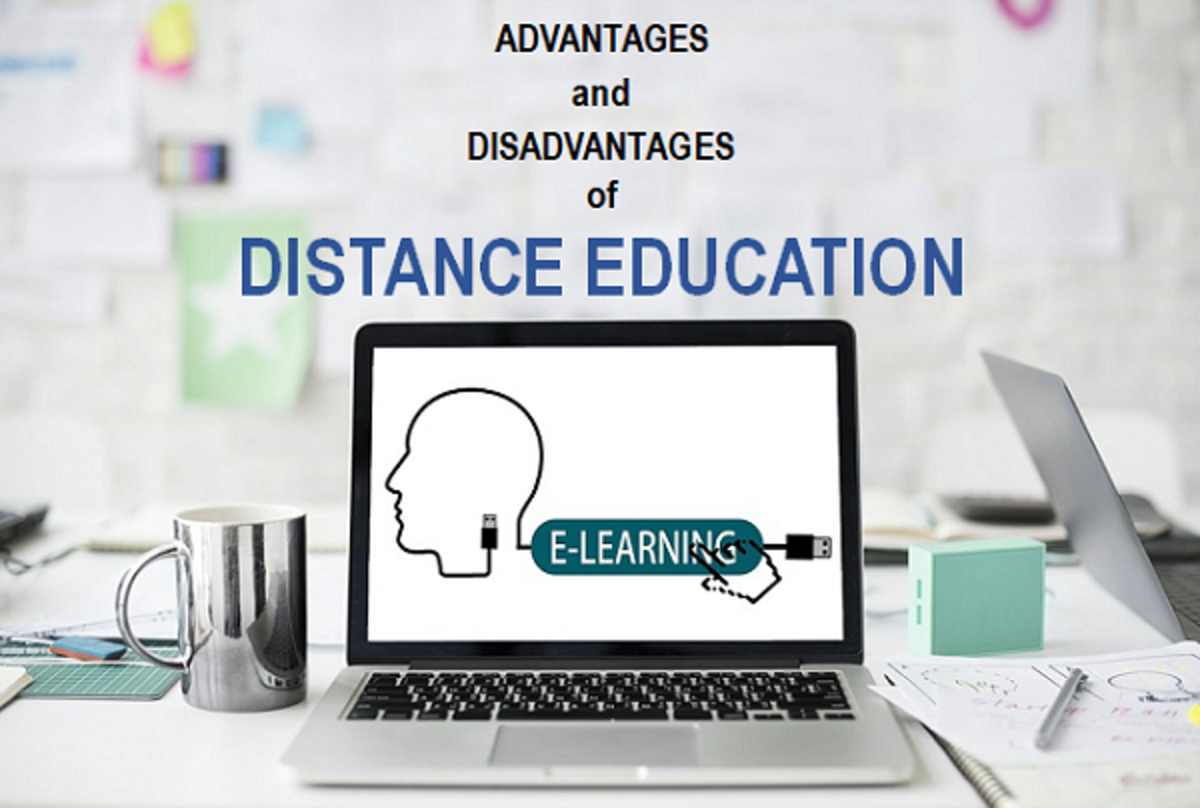"The Medium is the Message": Comparing Online Classes to Traditional Course Offerings

When evaluating the use of new media technologies, critics tend to focus on the type of content that they are used to communicate, rather than the effects of the medium itself. While violent video games are blamed for school shootings, educational computer games are used in schools to teach typing, math, and other important skills. Similarly, although violent or sexually explicit television programming faces widespread condemnation, few people see any problem with less controversial offerings on networks like PBS. However, closer scrutiny of any of these technologies can help illustrate a point made by cultural critic Marshall McLuhan as early as 1964: “The medium is the message” (qtd. in Carr 2, emphasis mine).
Today, McLuhan’s point might be most fruitfully applied to the Internet. Arguably the most influential technology to arise in recent years, the Internet has invaded almost every realm of American life, revolutionizing the way we socialize, communicate, read, shop, publish, and generally engage with information. Books such as Nicholas Carr’s The Shallows have even suggested that it may be fundamentally changing the way we think, replacing the focused, absorptive thought encouraged by earlier technologies such as books with a more distracted mode of thinking, geared toward instant gratification and the constant acquisition of new, Tweet-sized snippets of information, rather than deeper knowledge.[K1] Given such concerns, the recent boom in online course offerings—and even full online degree programs—merits examination. Although the switch from traditional classrooms to online offerings may preserve most of the same content while maximizing convenience, there are fundamental differences between traditional classrooms and the new, online academic experience which should not be ignored.
As previously mentioned, there are many reasons that online classes might appeal to students and instructors. Because classes do not meet in a specific location—or even usually at a specific time—students and instructors may take or teach them from nearly anywhere, and self-paced completion of assignments is possible. In addition to connecting scholars in disparate geographic locations, this flexibility is arguably democratizing, allowing convenient access to higher education for students with responsibilities such as work, caring for families, etc. The lack of an actual classroom and other physical resources (supplies, building maintenance, heating and cooling, etc.) necessary to running a traditional class also likely provides financial savings for academic institutions, which can be passed on to students in the form of lower tuition.
However, even if online classes attempt to provide the same content as more traditional in-person offerings, the medium has some inherent drawbacks that are difficult to get around. Some of these disadvantages are even linked—perhaps inextricably so—to the aforementioned advantages. For example, the extreme flexibility of many online courses requires students to be exceptionally self-motivated, as no set timetable enforces reasonable pacing. The temptation to procrastinate is only further enabled by the lack of accountability produced by regular, face-to-face contact with a professor and fellow students. Absent of traditional professor-student and student-student relationships, it seems likely that the motivation necessary to complete a self-paced course on a reasonable timetable is lessened, as students are less likely to feel the obligation and inspiration to do well that is ideally generated by seeing and interacting with teachers and classmates regularly and developing a good rapport.
The lack of traditional communication with a professor and other students seems likely to have a particularly strong effect in writing and language courses, along with other classes designed to teach skills that strongly benefit from peer workshops, conversational practice, etc. Although students are generally free to approach professors for assistance via email and also receive typed comments in response to each assignment, even the most helpful of these interactions seem unlikely to be as full and rich as offline conversation, where questions, answers, observations, etc. can be shared freely and instantly. While message boards, email-enabled peer editing, and video chat technologies like Skype can begin to address some of these issues, it appears that they have yet to fully replicate the community of a seminar style class or other more traditional environments designed to encourage discussion, collaboration, and engagement with peers.
Comparing traditional and online classes is just one way of observing the effect that media technologies can have on the content they are used to communicate. Rather than serving merely as neutral, hollow vessels for information, innovations like television, radio, video games, and the Internet shape the messages that they send. The same professor, teaching the same content, will likely observe different learning outcomes depending on the technology used to facilitate communication. While moving classrooms online does make learning more convenient and accessible for many students, it also shapes and sometimes places limitations on the extent and type of interactions they may have with peers and teachers. Similarly, a book translated into film usually loses much of its detail, especially as viewers lose access to the interiority of characters communicable by a first person or omniscient narrator. In light of these and many other examples, creators and consumers of content should be prepared to think critically about their media choices, aware not merely of their effects on user convenience but also the ways that they shape information itself.
Works Cited
Carr, Nicholas. The Shallows: What the Internet Is Doing to Our Brains. New York: W.W. Norton, 2010. Print.










